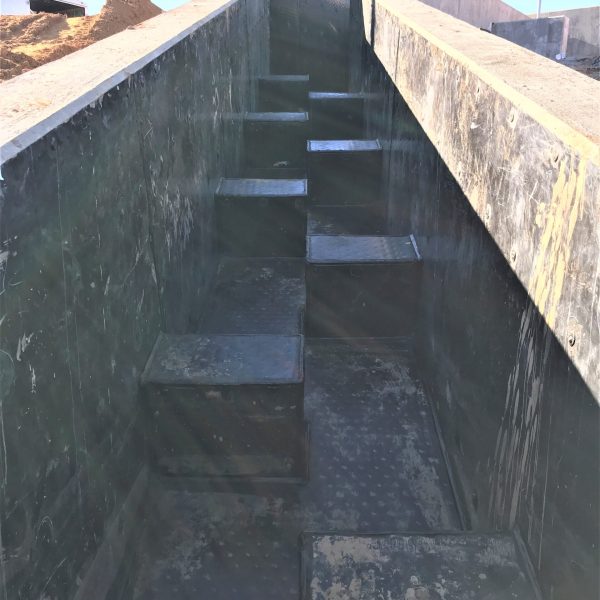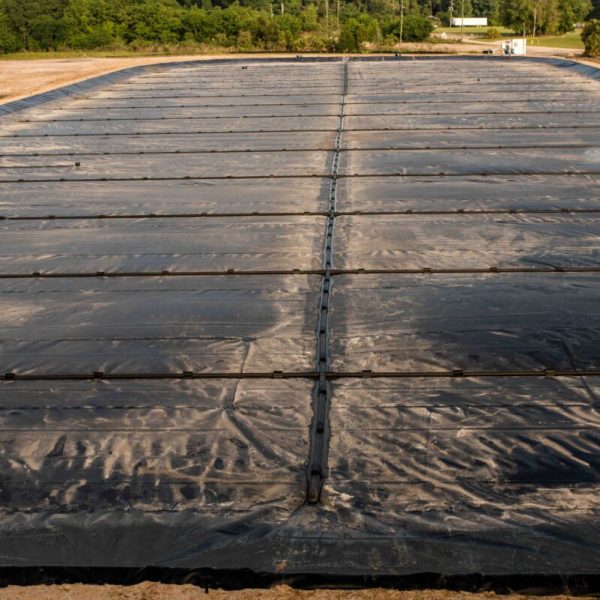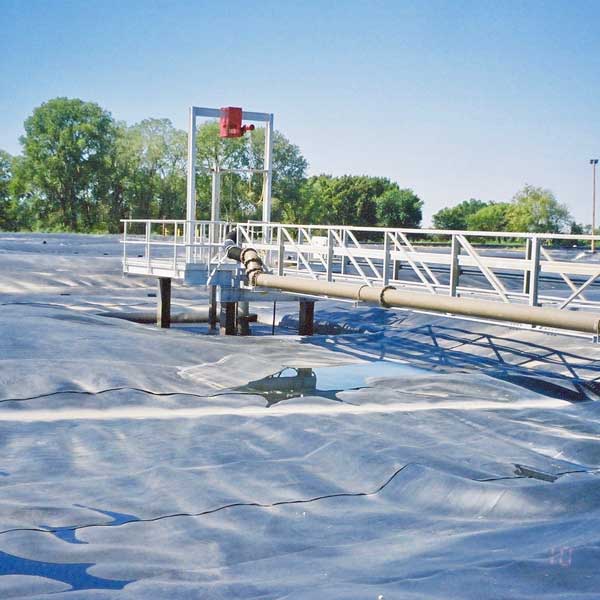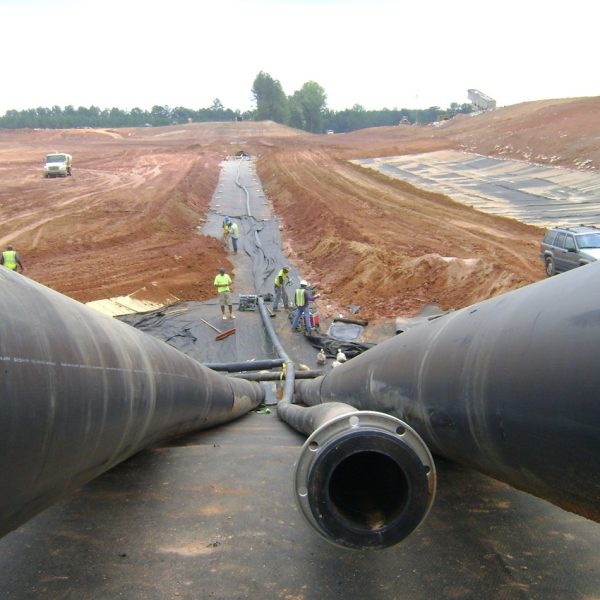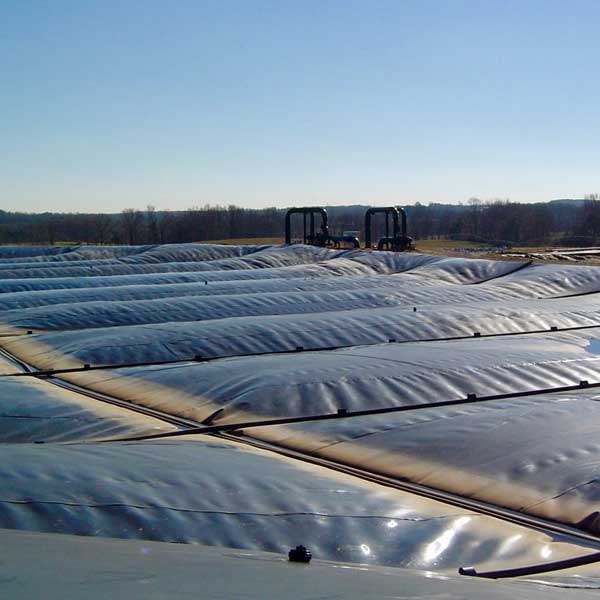Wood Treatment Plant












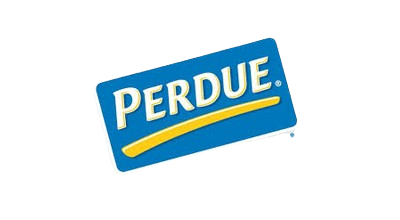





Liner Systems
Plastic Fusion has been installing geosynthetic containment systems for more than 40 years.
Concrete Protective Liners
Plastic Fusion is a leader in the installation of concrete protective liners in industrial tanks and storage facilities, wastewater treatment tanks, and chemical processing plants.
Anaerobic Digester Covers
We design and install HDPE cover systems for anaerobic digesters and are a pioneer in anaerobic digester lagoons for biogas collection and conversion to Renewable Natural Gas (RNG).
Piping Systems
Our custom fabricated piping systems meet even the toughest handling requirements. Materials offer long-term chemical resistance and environmental containment.
Wood Treatment Plants
Plastic Fusion, with over 40 years of expertise, is the trusted installer for environmental containment solutions in wood treatment plants. Specializing in durable and compliant containment systems, they ensure that hazardous materials used in wood treatment are safely managed, protecting both the environment and plant operations. Their solutions provide peace of mind, ensuring that wood treatment processes meet stringent environmental regulations while maintaining operational efficiency.



